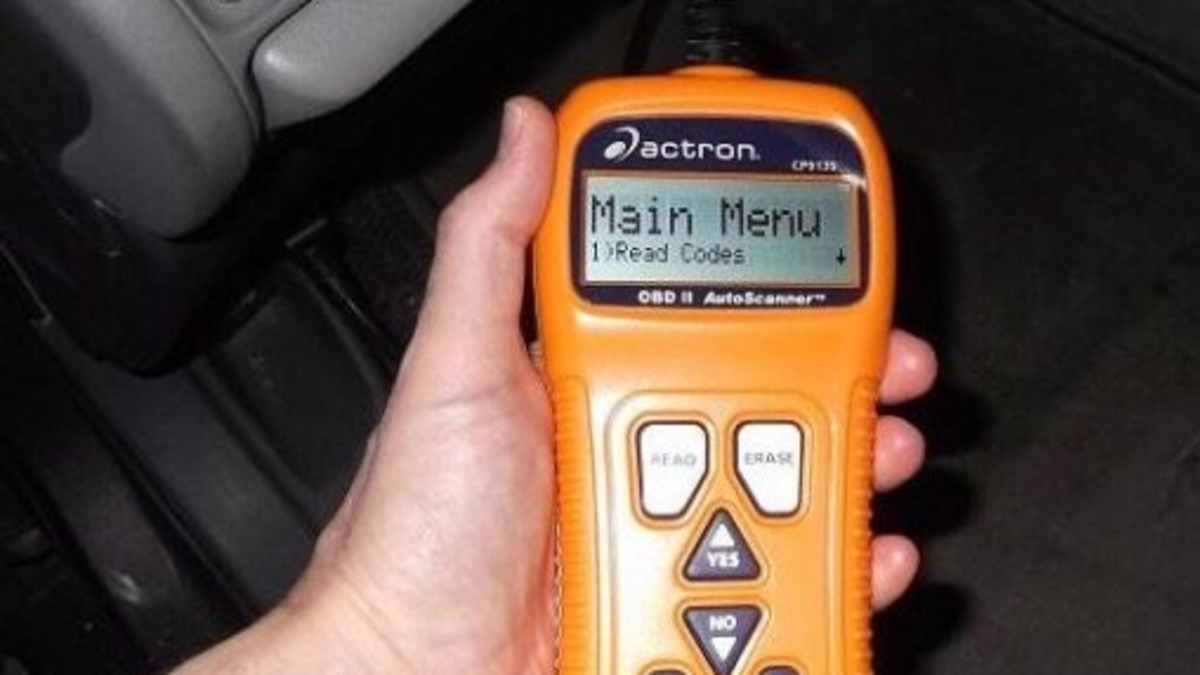

- TOYOTA DIAGNOSTIC TOOL RESET CHECK ENGINE LIGHT ANDROID
- TOYOTA DIAGNOSTIC TOOL RESET CHECK ENGINE LIGHT CODE
- TOYOTA DIAGNOSTIC TOOL RESET CHECK ENGINE LIGHT FREE
I have a good local mechanic that I use when repairs are needed, and they have checked codes for me free of charge on occasion. Often they’ll also be able to give you more detailed information than you could get on your own, and be able to dig deeper into what’s going on with your vehicle. Your local mechanic may do a scan for you free of charge, especially if you already have a relationship with them.
TOYOTA DIAGNOSTIC TOOL RESET CHECK ENGINE LIGHT CODE
Once you get the PID code from whatever device you use, just look it up online to see what your issue could possibly be related to.
TOYOTA DIAGNOSTIC TOOL RESET CHECK ENGINE LIGHT ANDROID

You can quite easily check what your PID fault codes are yourself. Be careful, however, because if it is a vague issue you can quickly spend more on parts trying to fix an issues, than if you had just gone to a mechanic in the first place. Typically they’ll do the scan, figure out the codes and then give you a list of things that might be causing the problem. Your best bet is to just find a local auto parts store and give them a call- and verify if they will do a scan for free. Here’s the ones in my area that I verified. Why do they do that? They’re hoping you’ll be a DIY fix-it type, and will buy the parts to fix your problem through their store.

I’ve called several stores in my local area, and all of them said they will scan the codes for free. Most auto parts stores will have an OBD-II scanner on hand to check the OBD-II PID service codes, and will do it for free. When trying to find out what tripped your check engine light, there are quite a few ways that you can check what the trouble code is. For example, Wikipedia has a listing of PID codes you can check out. Once you have the PID you can go online and see what the code means. Once the scanner is connected it will read a PID code that can then be used to help diagnose what your issue might be. To get the code you just connect your OBD-II scanner to the data link connector, typically found under the driver’s side dashboard of the vehicle. If you neglect this one, it could lead to problems with the catalyic converter, which you don’t want since it’s pretty expensive.Īll light-duty vehicles (less than 8,500 pounds) sold since 1996 in the United States have on-board diagnostic systems (OBD-II – on board diagnostics version 2) that diagnose when your vehicle has certain power-train, emission and other readings that are out of accepted ranges. When the diagnostic system finds a problem, it outputs a OBD-II code, also called a PID (Parameter ID), that can be read by a OBD-II scanner. Spark plug problems: The fix can range from $20 for someone who can DIY it, or quite a bit more at a shop.Problem with the mass airflow sensor (MAF): Could cost an average of about $375 to fix.Pricey, let’s hope you don’t have this one. Bad catalytic converter: Costs an average of $2000 to fix.Loose or damaged gas cap: Usually fixed by getting a new gas cap.Around $200 to fix according to AutoTrader. Faulty O2 sensor: The oxygen sensor measures how much fuel is being burned and whether it’s too little or too much.So what are the most common reasons the check engine lights come on? AutoTrader gives the 5 most common reasons:


 0 kommentar(er)
0 kommentar(er)
